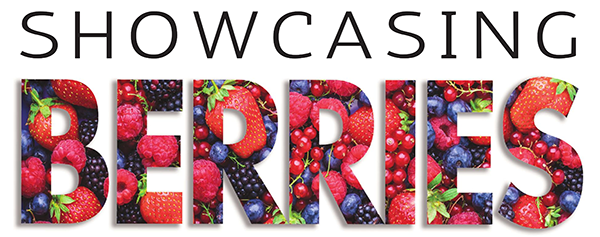One solution to the perennial dearth of workers is for berry growers to keep lobbying the government for change; another is more mechanization.

Gary Wishnatzki, co-founder of Harvest CROO Robotics and owner of Wish Farms, believes mechanization is the only long-term fix, especially with fewer workers as the overall population ages.
“There’s really no other path forward,” he said. “There’s a demographic time bomb that’s going to go off—the labor shortage is going to get worse.”
As co-founder of Harvest CROO Robotics, Wishnatzki continues to finetune machinery able to select and pick ripe berries. “We’re making advances every day,” he said, with plans for what he terms “precision picking” this year.
He expects full-scale mechanization by 2022 and believes the technology will translate to other berry harvests as well.
“There’s been a lot of investment in automation and robotics,” said Kevin Schooley, executive director of the North American Strawberry Growers Association in Welland, ON, but he doesn’t think it’s ready for widespread use. “I think it’s coming, maybe in about five years.”
Steve Sterling, general manager of Fresh-Link Produce, LLC in Lake Park, GA, isn’t convinced and believes replacing workers with machines is still out of reach.
“Mechanization would be ideal, but that seems almost impossible in the berry category.” Although it is used in harvesting blueberries, there have been problems. “Blueberries are handpicked, primarily, but are machine picked when there’s heavy volume,” Sterling said.
Unfortunately, they are often damaged during the process and fruit may not be mature.
To help, Oregon State University received nearly $175,000 in grant money to continue developing technology that uses small sensors throughout the harvest and packing process to measure the impact of force, which causes internal bruising to fruit.
This is an excerpt from the most recent Produce Blueprints quarterly journal. Click here to read the full version.


